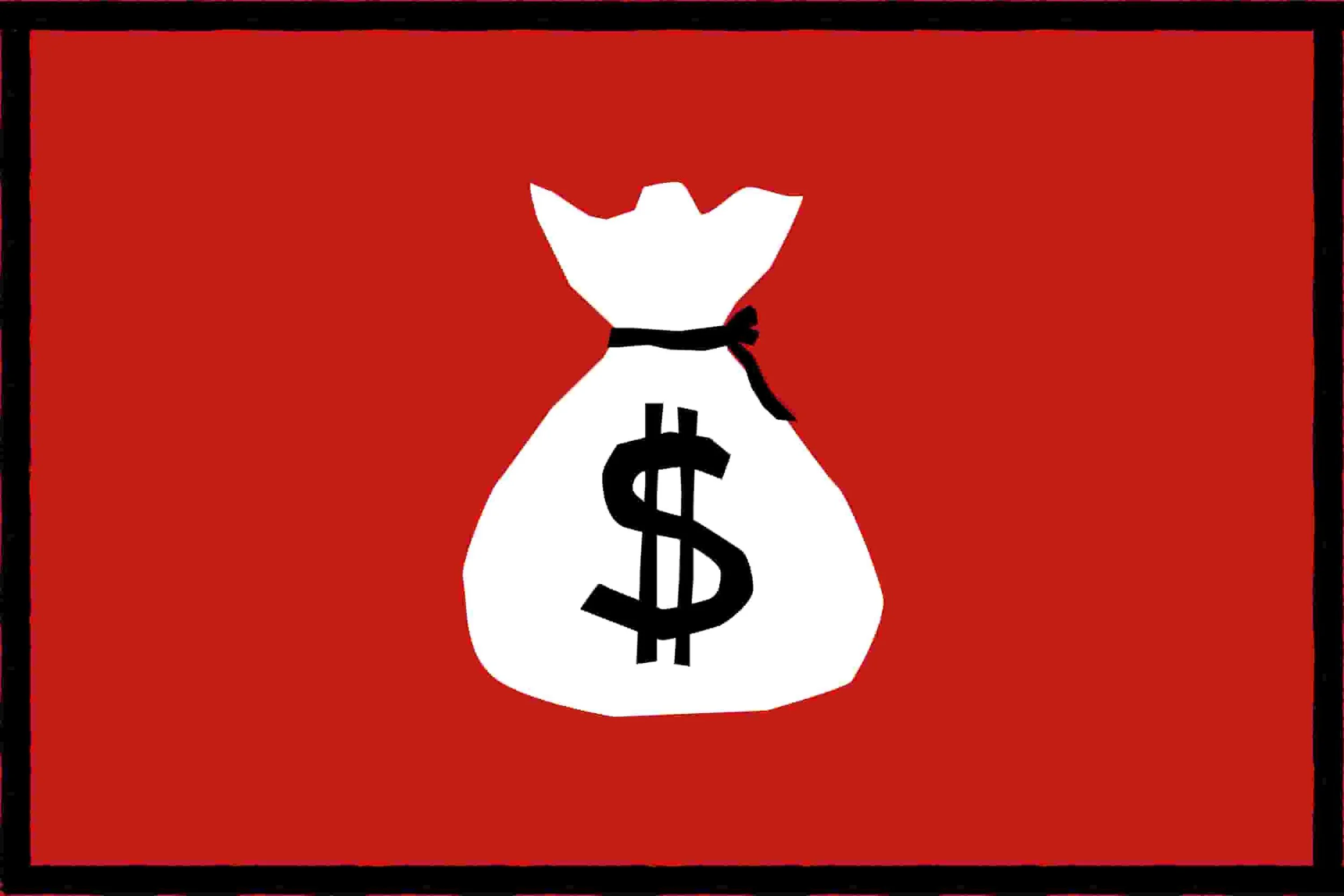Most people think that effort and success are always directly linked - the more effort you put in, the more success you get out. But success is actually nonlinear. This misunderstanding is why the mass majority of people give up before they reach the rewards.
Read MoreHere’s a list of 22 wealth creators and their philosophies. A disclaimer first, though. Don’t take this as the whole truth. Each person has more than a single idea that makes up their point of view on wealth creation. I’ve pulled out a few core ideas that I find most interesting. So in a way, they are subjective, while still being incredibly useful. Enjoy.
Read MoreThere are two reasons why someone may never create anything of their own: 1) They never begin because they don’t feel “ready.” 2) They never finish because the thing they are making is never “done.” You can solve the first problem by accepting that you will never, ever finish learning, and therefore a state of complete “readiness” does not exist. And you can solve the second problem with “Satisficing” - delivering the minimum viable version of the thing you’re creating.
Read MoreStress is not always bad for the organism experiencing it. Trees, for example, get stronger when the wind blows them around. They grow a special kind of stress wood in their load-bearing trunk that can help move and position them for optimal light. The wind stressor helps them reach full maturity. When stress makes an organism more robust, it’s called hormesis.
Read MoreWe all have a little voice of discouragement in our heads. The one that tells us that our pursuit is so unlikely to succeed, we shouldn’t even bother. And that voice is right… sort of. That little voice is only looking at the odds of success - which are long. But it’s not considering the asymmetric outcomes that allow you to win despite bad odds.
Read MoreEach wealth creator I study has a different phrase for what amounts to the same idea: finding opportunities where the upside is much greater than the downside. Naval Ravikant calls these Asymmetric Opportunities while Nassim Nicholas Taleb uses the phrase Fundamental Asymmetry. Charlie Munger names it value investing. And investor Mohnish Pabrai simply calls it Dhandho.
Read MoreWealth creation is about looking for positive asymmetric opportunities - ones where the upside is many times greater than the downside. The Barbell Strategy is one way you can protect your downside risk while maximizing your upside potential.
Read MoreConfirmation bias is your tendency to seek out and interpret evidence as confirmation of your current belief or position. It can make you ‘double-down’ on an objectively bad decision. It’s the reason why horoscopes work and why people remember the same event in different ways.
Read MoreIf you are feeling stagnant and want to grow, try building something from the ground up. It doesn’t matter what it is. It could be a business idea, a podcast, a website - whatever - just make sure you are building it from the ground up. Here's why: 1) It will make you a learning machine. 2) It will teach you specific knowledge. 3) It will give you skin in the game.
Read MoreNassim Nicholas Taleb created the term Ludic Fallacy to describe how people mistake the kind of uncertainty found in games to the kind of uncertainty found in real life. Here’s how you can avoid the Ludic Fallacy and make better decisions around risk…
Read More









